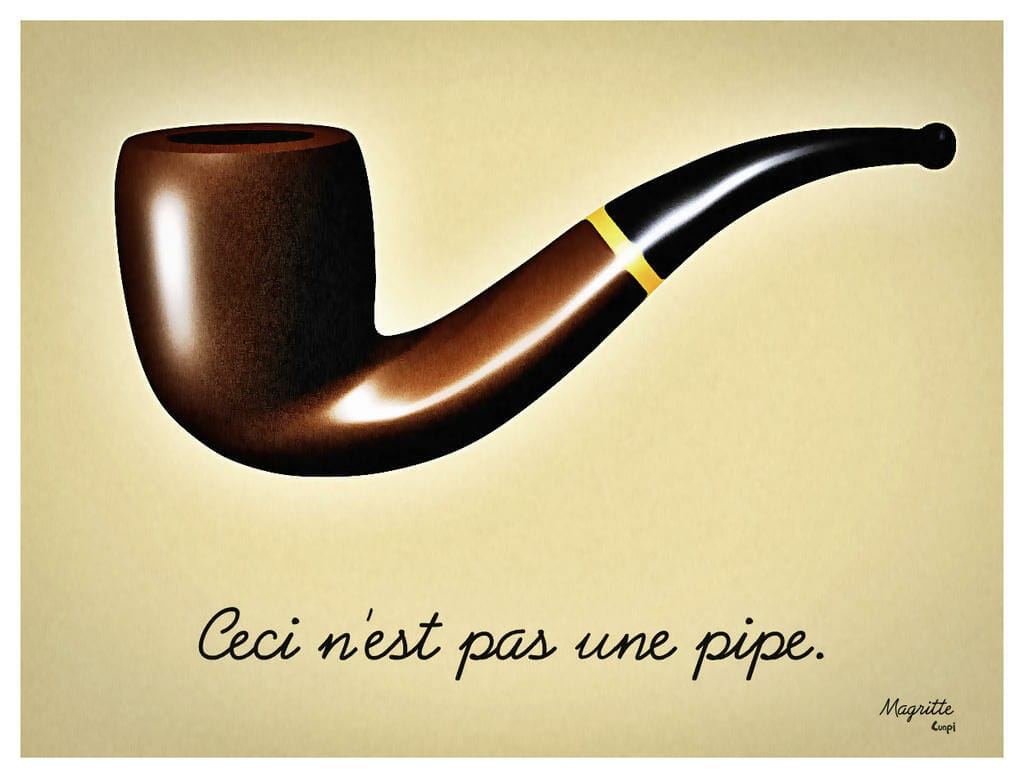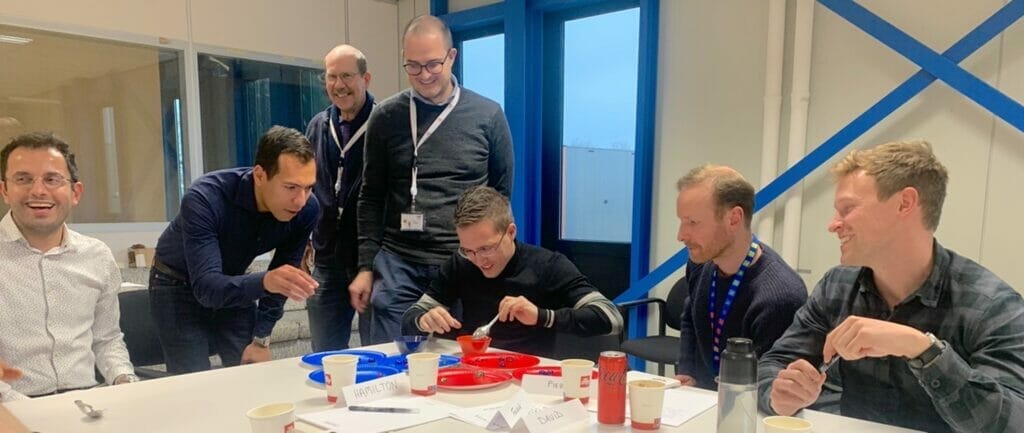
ChatGPT about Project Portfolio flow
Out of curiosity, I created a query on ChatGPT lately. My first request to the artificially intelligent chatbot was: “Write about `het rampjaar´1672 in Holland”. I was impressed. Within no time, a story appears on my screen. In a knowledgeable tone, ChatGPT writes that the French army overran large parts of the Republic of the Netherlands and captured important cities, including Amsterdam. Amsterdam? Is that right? No: Amsterdam lies behind the Dutch waterline and is inaccessible to the French.
Once again. What does Chat GPT write about Project Portfolio flow? Again, I am impressed. In a blink of an eye, a report appears on the screen with useful information that is helpful even to me, an expert in this field. But doubts arise again. ChatGPT does not write about the bottleneck. The bottleneck in a project portfolio is the most scarcely staffed role. This could be welders or systems engineers, for example. If you organise the work in such a way that the scarcest role is optimally supported, the productivity of the whole organisation (sic.) increases significantly.
This is really an omission. I get the feeling that ChatGPT does not know what it is talking about. And it doesn´t. ChatGPT is fed by all the texts on the internet. A crucial algorithm predicts the most likely next word after each word it writes. This gives the impression that there is an intelligent machine at work. In reality, ChatGPT mechanically executes algorithms without being aware of what it is doing.
First the solution? Or first the problem?
ChatGPT already has useful applications, and despite its limitations, the number will increase. The biggest limitation is that ChatGPT has no awareness and therefore does not know what it is doing. This it has in common with project management software.
Project management software offers such solutions for which digital machines are well equipped. This is often different from solutions to the actual problems that hinder the flow or throughput of projects. For example, many project management programmes offer solutions that align the work of (agile) teams, project managers, planners, legal departments, quality management and the board. But digitising information flows without an awareness of the real problems in projects leads at best to digital project delay management.
The big software providers are not discouraged by this. What about Monte Carlo analyses, for example? With these, you can create probabilistic schedules that calculate the probability with which tasks will be completed. However, the predictions seldom materialise. Therefore schedules must be constantly adjusted to match execution – unless you include large time buffers in the schedules. It is no coincidence that when top managers really want to know how things stand, they turn to project managers rather than planners and Monte Carlo analyses.
Anyone who recognises the irony in this can’t help but laugh. Of course, the name Monte Carlo should already have made us suspicious. Like the casinos in Monte Carlo, the software providers enrich themselves on the millions that players and users lose…
Effective solutions must be preceded by an analysis of the real problems. Before we turn to these real problems, we should try to understand what is going on.
With giga-computing power applied to tera-bites of texts and visualisations, computers can create fascinating images and texts. In the context of ChatGPT, experts speak of hallucinations. One has the impression that one is dealing with real expertise and even intelligent beings. A similar effect occurs with many project management software. Fascinating visualisations and information flows and feedback loops everywhere.
A painting by René Magritte shows the confusion that can arise in this way:

Pictures speak louder than words. One may understand this painting as a funny or not-so-funny joke by the artist. However, it has a serious core. The confusion between image and reality is more common than one might think. Many people confuse images of project portfolios with the real world. They spend hours discussing schedules, lose time and money on useless analyses and stand with their backs to reality …

Ceci n´est pas un project portfolio
Once you have recognised the problem, the solution is simple. You just have to turn around and see what the real problems are.
The flow Serious Game is revealing and fun too
Flow experts agree that the real problems in project organisations can usually be counted on the fingers of two hands. The biggest problem is often that too many projects are active at the same time in relation to the bottleneck, i.e., the scarcest function group. This function group is then overloaded and wastes a lot of time multitasking. This sets off a cascade of problems. Staff start making unnecessary mistakes that affect quality and are often discovered late. Error analysis and correction cost a disproportionate amount of time and force schedules to be revised. Welcome to the world of projects, full of stress and firefighting.
Most of the time, you can find the root cause of the problems quite fast. And with our knowledge and experience, we can help you do that. The test to see if the result of the analysis applies to your organisation is the flow Serious Game. One client called this very revealing and said that it was also fun.

He who is smart thinks before he/she starts
The good listener will understand that I am not campaigning against ChatPGT or against software. My point is that we should think and try to understand what we are doing. When it comes to software, we easily fall into hallucinations. Sometimes these are so strong that we must speak of collective hallucinations.
Beware of the impression that computers are smarter than people. If you understand what software programmes do, you can use them to solve real problems. In this respect, there are flow software programmes on the market that support an optimal project flow very well. I recommend these programmes and the Mobilé 4 flow team can advise you on this.
He/she who is smart, starts by analysing the problems. We are happy to contribute.
Willem de Wit
March 2023
© copyright 2023 Mobilé 4 flow & innovation